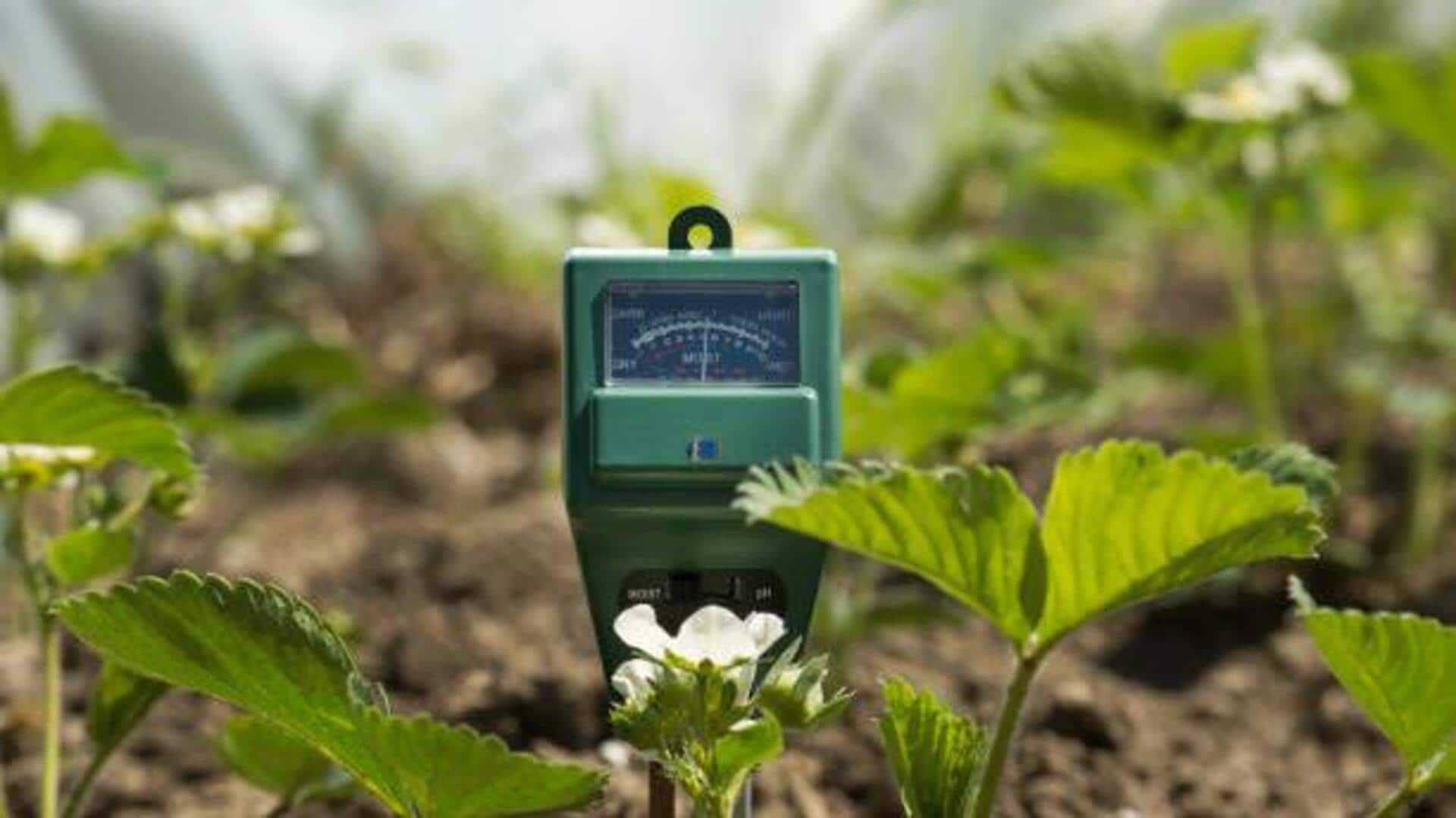
How to test your plant's pH levels
What's the story
Maintaining the right pH level is key to keeping your plants healthy. The pH level of soil affects the nutrients that plants can absorb. A pH level that's too high or too low can lead to nutrient deficiencies, affecting plant growth and health. Here's how you can test your plant's pH levels at home, using simple methods and tools, to keep your garden thriving.
Tip 1
Using litmus paper for testing
Litmus paper is an inexpensive and easy-to-use tool for testing soil pH. Simply collect a small soil sample from your garden, mix it with distilled water, and dip the litmus paper into the mixture. The color change will indicate whether the soil is acidic or alkaline. This method gives a quick, approximate pH reading, making it ideal for home gardeners.
Tip 2
Digital pH meters: A modern approach
Digital pH meters provide a more precise measurement of soil acidity/alkalinity. These devices come with a probe that you insert directly into the soil or a soil-water mixture. They give instant digital readings of the pH level on a display screen. Although digital meters may cost more than litmus paper, they provide accurate and reliable results for serious gardeners.
Tip 3
DIY vinegar and baking soda test
You can also check your soil's pH levels using vinegar and baking soda, common household items. For this test, take two separate samples of soil. Add vinegar to one sample; if it fizzes, the soil is alkaline. Add baking soda to the other sample; if it fizzes, the soil is acidic. This DIY method provides a basic understanding of your garden's soil conditions.
Tip 4
Interpreting test results accurately
Interpreting test results accurately is crucial for adjusting pH levels appropriately. Most plants prefer slightly acidic conditions (around six to seven on the scale). If your readings are outside this range, consider amending your soil with lime (to raise pH) or sulfur (to lower it). Regular testing helps you monitor changes over time, ensuring optimal growing conditions for your plants.